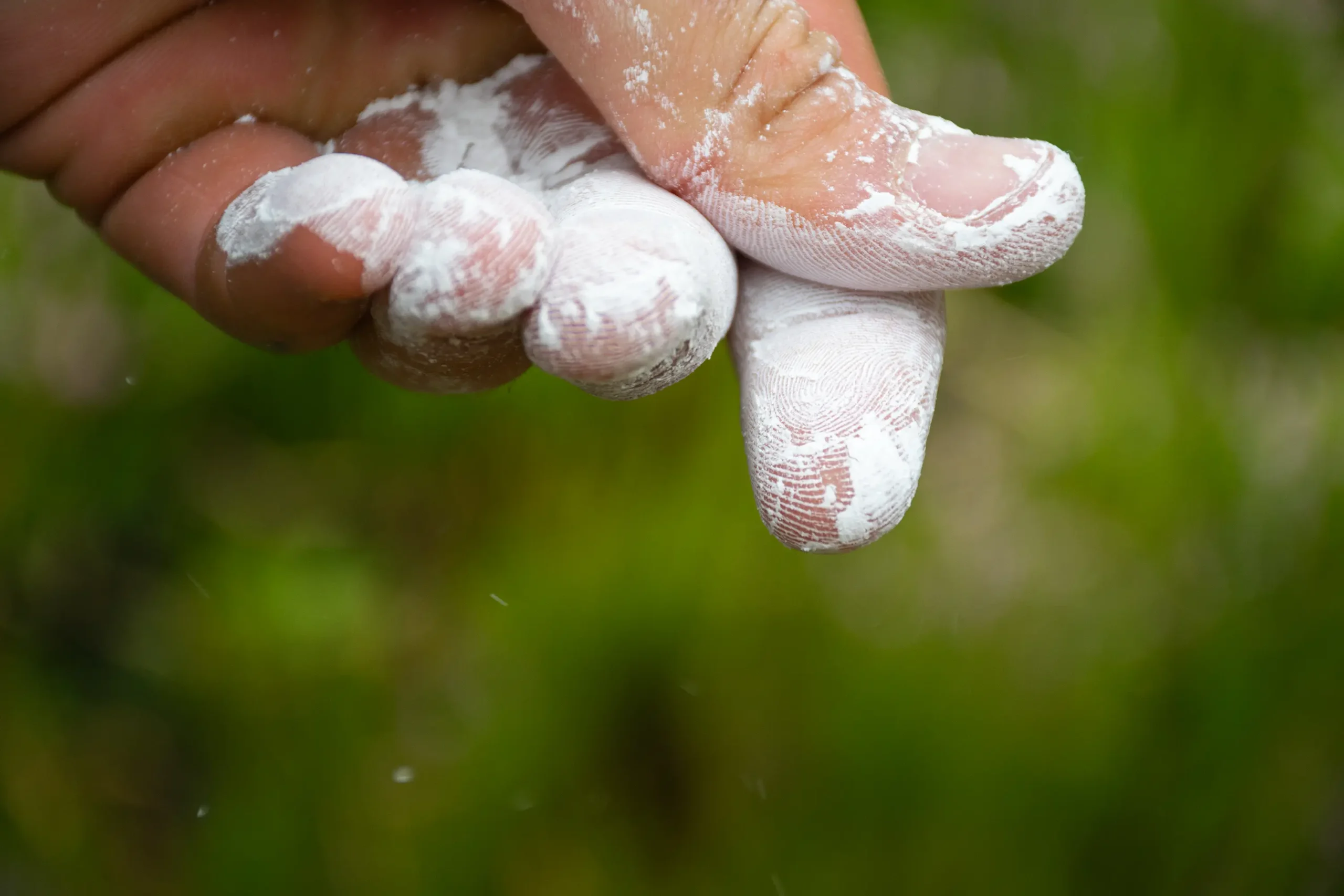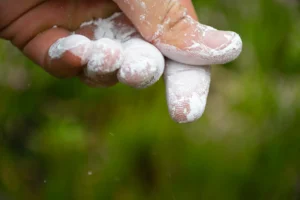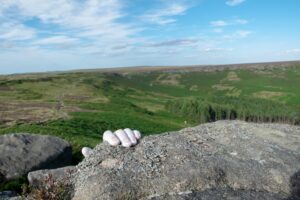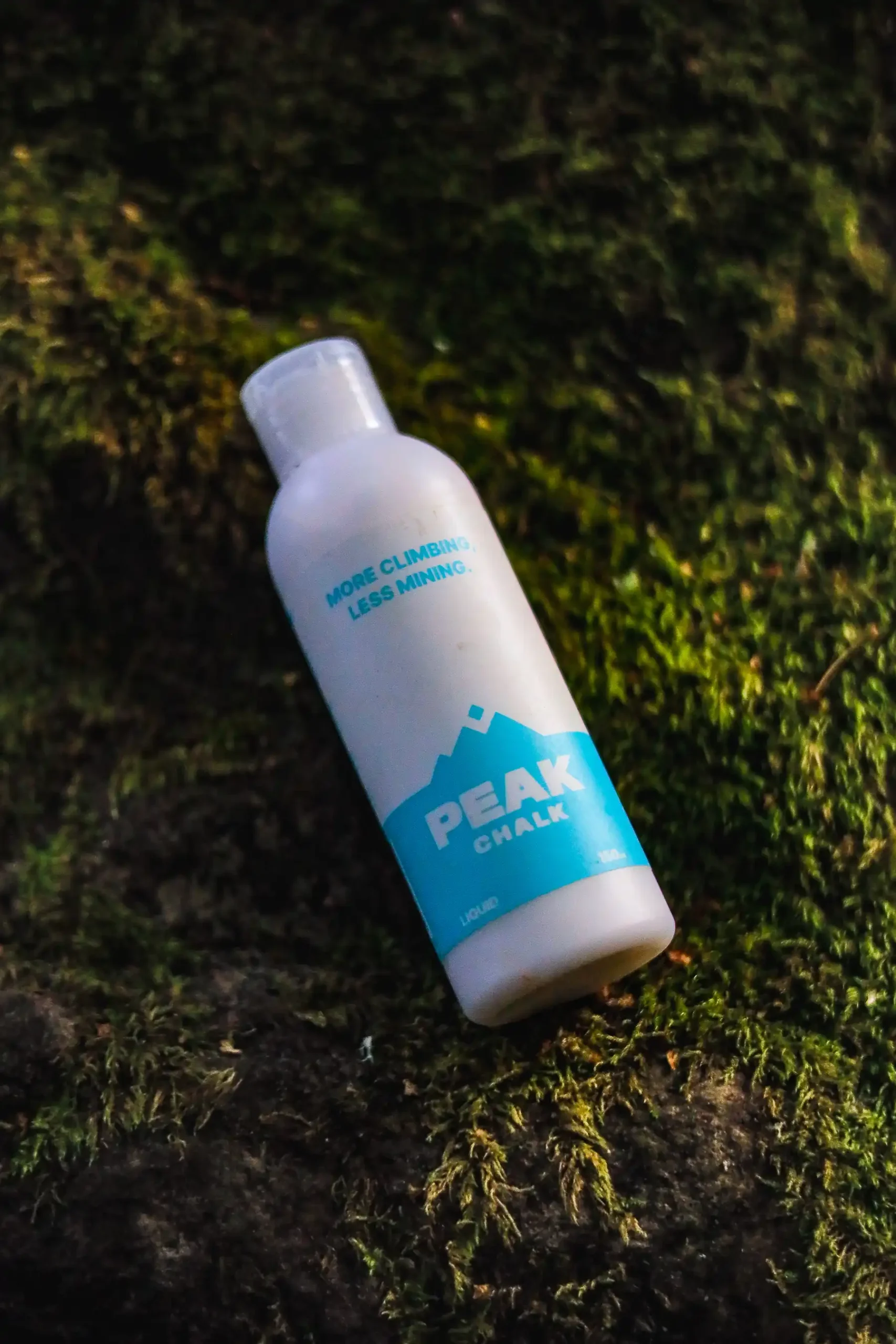As the popularity of climbing continues to grow, it’s crucial for climbers to practice responsible chalk use in shared spaces. Proper chalk etiquette not only minimizes environmental impact but also shows respect for fellow climbers and the natural surroundings.
Minimizing Chalk Use
Apply Sparingly
One of the most effective ways to practice responsible chalk use is to simply use less. Many climbers habitually over-chalk their hands, which leads to unnecessary waste and environmental impact
Instead:
- Apply a thin, even layer of chalk
- Resist the urge to re-chalk excessively between moves
- Consider wiping your hands on your clothing before reaching for more chalk
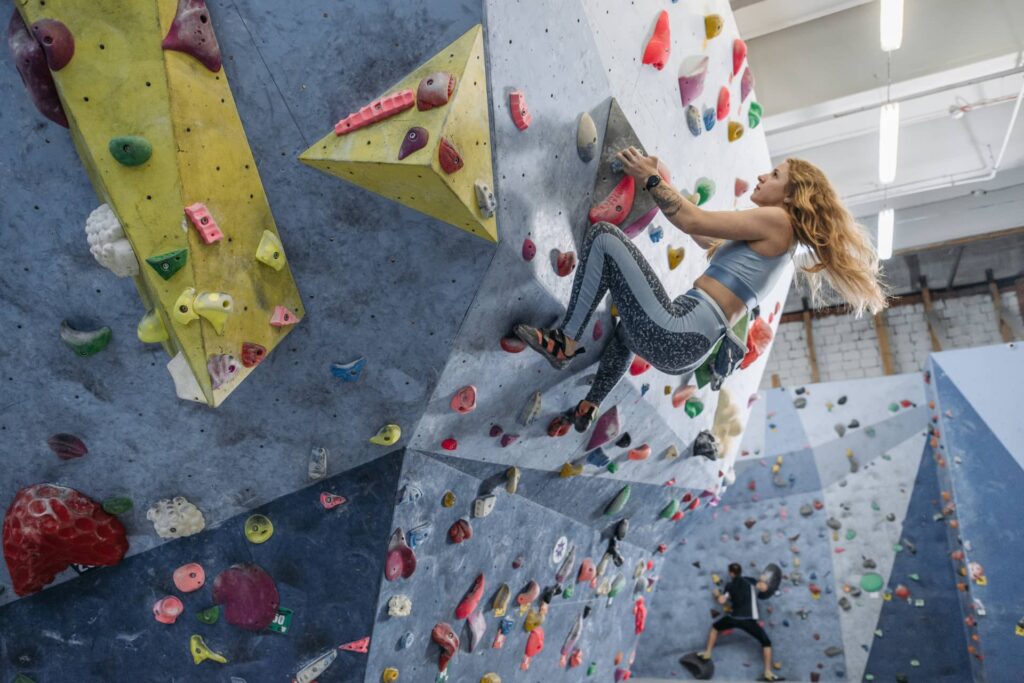
Opt for Liquid Chalk
Liquid chalk can be an excellent alternative to loose chalk in shared spaces. It tends to last longer and requires less frequent application, reducing overall chalk use
Additionally:
- Liquid chalk creates less airborne dust
- It’s less likely to leave visible residue on rocks
- Some climbing areas are beginning to require or prefer liquid chalk use
Respecting the Environment
Color Considerations
In some climbing areas, particularly in national parks, the use of colored chalk that matches the rock is required or encouraged
This helps to:
- Reduce visual pollution on rock faces
- Preserve the natural aesthetics of climbing areas
Clean Up After Yourself
Responsible climbers should always strive to leave no trace. After your climb:
- Brush off excess chalk from holds when possible
- Use a soft brush to avoid damaging the rock surface
- Remove any tick marks you may have made
Communal Considerations
Be Mindful of Dust
Excessive chalking can create airborne dust that affects other climbers. To be considerate:
- Avoid clapping your hands together to disperse chalk
- Chalk up away from other climbers when possible
- Use a chalk ball or sock to contain loose chalk
Respect Local Guidelines
Different climbing areas may have specific rules regarding chalk use. Always:
- Research and follow local regulations
- Be prepared to adapt your chalk use based on the location
- Educate others politely if you notice improper chalk use
Sustainable Practices
Choose Eco-Friendly Options
Consider the environmental impact of your chalk choice:
- Look for chalk brands that prioritize sustainability
- Avoid liquid chalks containing pine rosin, which can permanently damage holds
- Support companies that use minimal packaging
Share and Educate
Help promote responsible chalk use within the climbing community:
- Share best practices with new climbers
- Lead by example in your own chalk habits
- Participate in or organize crag clean-up events
By adhering to these chalk etiquette guidelines, climbers can help preserve the natural beauty of climbing areas, maintain positive relationships with land managers, and ensure continued access to shared climbing spaces. Remember, responsible chalk use is not just about individual habits—it’s about fostering a culture of respect and sustainability within the climbing community. For eco-friendly climbing chalk click here.
